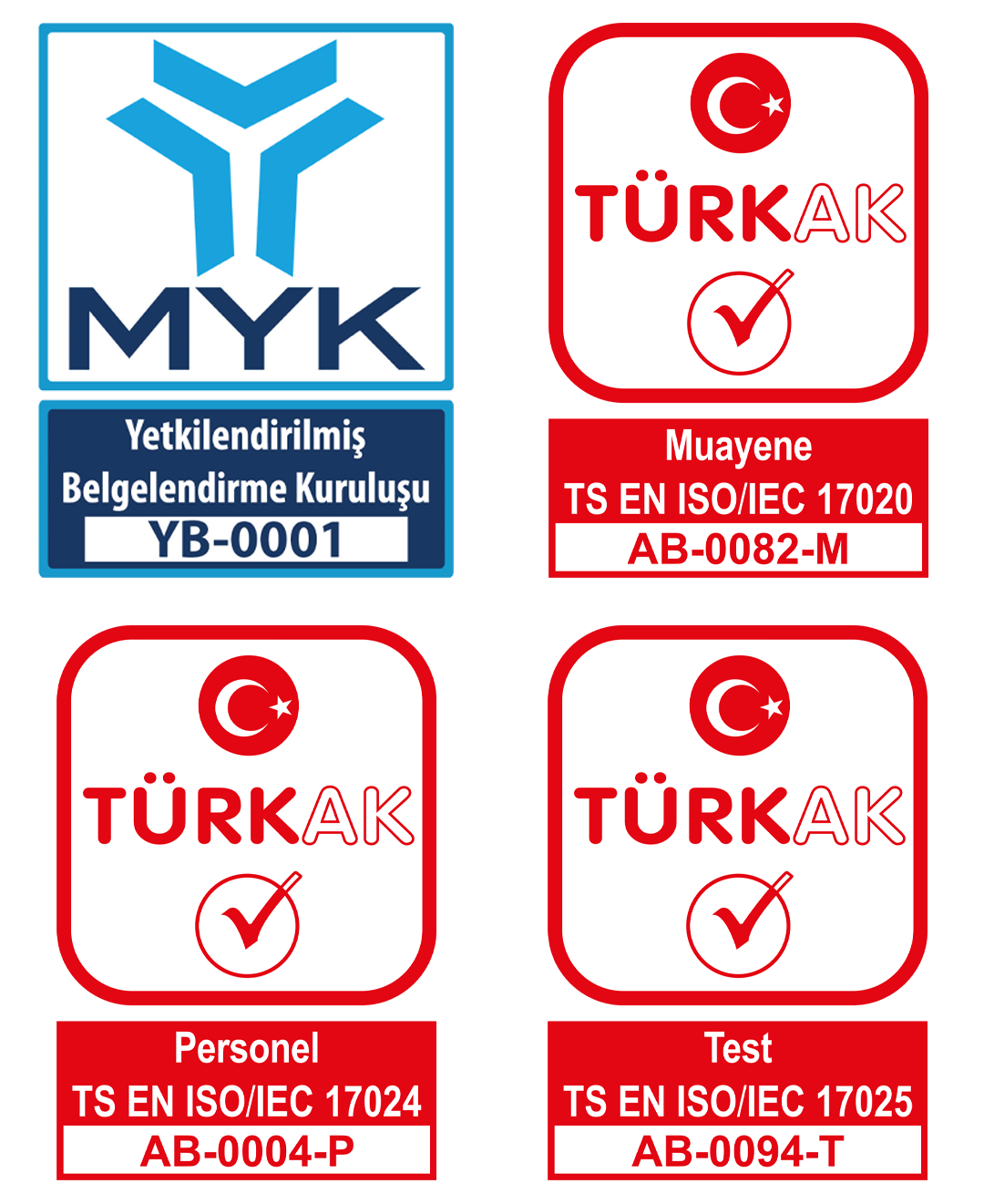Ultrasonic Testing (Conventional Ultrasonic Testing, Phased Array & TOFD Ultrasonic Testing)
Ultrasonic Testing (UT) is used to detect internal flaws within materials by using ultrasonic waves. It is effective in identifying internal welding defects such as slag inclusions, porosity, cracks, and lack of fusion, as well as detecting corrosion, lamination, and casting defects. The principle of ultrasonic testing is based on the propagation of high-frequency (0.1-20 MHz) elastic waves through the test material, which are generated by the probe and reflected back to the probe upon encountering a discontinuity.
Phased Array, which offers more precise and faster measurements due to its multiple probes, focusing, and beam steering capabilities, allows three-dimensional inspection of complex geometries. Unlike conventional ultrasonic testing, Phased Array enables high-quality inspection of materials with complex geometries, such as flanges, welds, nozzles, turbine blades, and rails.
The TOFD (Time of Flight Diffraction) method, unlike standard ultrasonic testing, is not dependent on amplitude, making it less susceptible to limitations such as the orientation of discontinuities, probe positioning, irregular or varying material surfaces, or poor coupling. Additionally, this method is used today to gather information about the material structure, providing manufacturers with significant cost savings.
Our certified expert personnel evaluate and report ultrasonic tests according to relevant standards.



